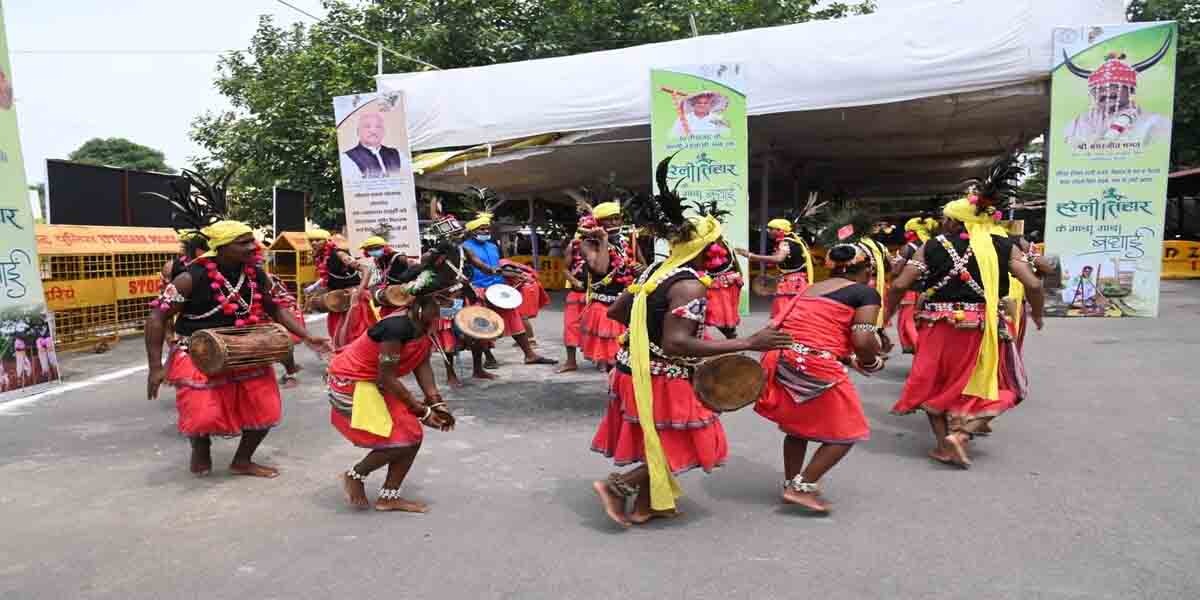The word ‘Hareli’ comes from the Hindi word ‘Haryali’, which means greenery. This festival is mainly celebrated by the farmer communities in the month of Shravan, which corresponds to July and August in the Gregorian calendar. The Hareli festival in Chhattisgarh is celebrated on the new moon day of the month or the Sravana Amavasya. It is all about celebrating the harvest and the year’s monsoon.
During the Hareli festival, people worship the presiding deity, Goddess ‘Kutki Dai’, for a good harvest. The festival is of special importance among the Gond tribes, and farmers worship their farming equipment and cows. The festival is nature-centric, and people offer simple prayers for a good harvest.
People in Chhattisgarh also place branches of the Bhelwa tree on their fields and the Neem tree at the entrance of their houses during the festival. This is because Neem has medicinal properties and wards off diseases and insects. The traditional medical practitioners of Chhattisgarh, called Baigas, teach and appraise their students during the festival.
The Hareli festival of Chhattisgarh is also marked by an interesting event called ‘Gedi’. Children in Chhattisgarh mount sticks and walk around the fields, and they also take part in the Gedi race.
Another festival that occurs on the occasion of Hareli Amavasya is the Pat Jatra. This marks the beginning of the Bastar Dusshera Festival, which is celebrated for 75 days by the ethnic groups of the Bastar region to honor Goddess Danteswari.
Pat Jatra is a ritual that involves worshipping Sal tree wood known as ‘Thurlu Kotla’ or ‘Tika pata’ in the local dialect. One of the ethnic groups is given the responsibility of selecting and bringing the Sal wood from the forest, and various offerings are made during the ritual. The whole tradition is a way of honoring the significance of wood and forests in the lives of tribal people.
After the ritual, the Sal wood is used to make tools like hammers, which are later used in constructing a chariot that is pulled by the locals during the 9 days of Navratri. The wood is brought from the Machkot or Bilori forest, which is known to be abundant with Sal trees in the Bastar region. The ritual takes place in front of the Danteswari temple in Jagdalpur town.
History of Hareli Festival

The history of the Hareli Festival can be traced back to ancient times when agriculture was the primary source of livelihood for people in India. The festival is believed to have originated in the state of Chhattisgarh and is still celebrated with great enthusiasm and fervor in this region.
The festival is closely associated with the agricultural practices of the region, and it marks the beginning of the harvesting season. Farmers consider this festival as an opportunity to express gratitude to the gods for a good harvest and to seek their blessings for a bountiful yield in the future.
The name Hareli is derived from the Hindi word ‘Haryaali,’ which means greenery and signifies the abundance of crops during the harvest season. The festival is celebrated on the day of Hareli Amavasya, which falls in the month of Sawan according to the Hindu calendar.
The festival has evolved over time, and various customs and traditions have been added to it. However, the core essence of the festival remains the same, which is to celebrate the harvest season and express gratitude to the gods for their blessings.
In recent years, the Hareli Festival has gained more prominence, and efforts are being made to promote and preserve its cultural heritage. The festival provides an excellent opportunity to showcase the unique customs and traditions of the region and to promote sustainable agricultural practices and environmental conservation.
Also read: Dussehra 2023
Hareli Festival: Dates and Celebrations
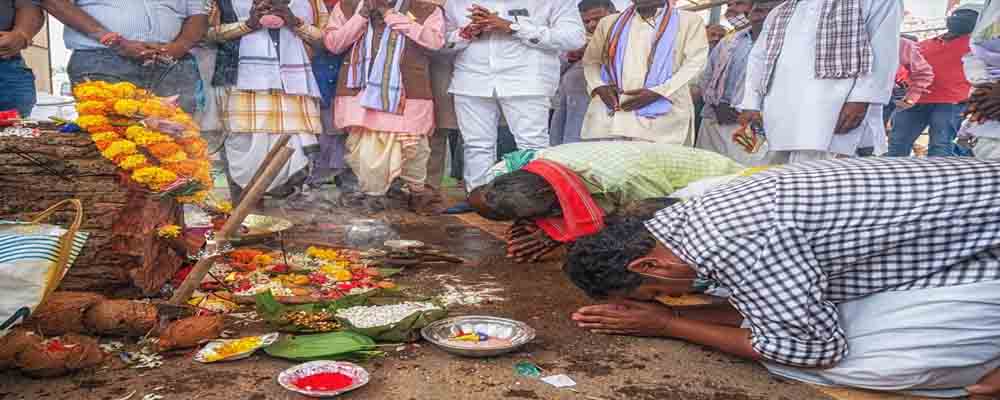
Hareli Festival is a popular harvest festival celebrated in various parts of India. It is an occasion for farmers to express their gratitude to Mother Nature for providing them with a bountiful harvest. The festival is celebrated with great enthusiasm and excitement and is observed in different parts of the country on different dates.
Date and Duration of Hareli Festival
The date of the Hareli Festival varies from region to region. In the state of Chhattisgarh, it is celebrated on the first day of Shravan month according to the Hindu calendar, which usually falls in July or August. In the state of Odisha, it is celebrated in the month of August. The festival usually lasts for three to four days.
Regional Variations in Hareli Festival Celebrations
Hareli Festival is celebrated with great fervor and enthusiasm in various parts of India. In Chhattisgarh, farmers offer the first crop of the season to their respective deities and perform puja rituals to seek blessings for a good harvest in the coming months. People decorate their homes with colorful rangolis and make traditional dishes using fresh harvest. In Odisha, the festival is celebrated as a tribal festival and is known as “Nuakhai”. It is celebrated by the tribal communities with feasting, music, and dance.
Traditional Rituals and Customs during Hareli Festival
The Hareli Festival is celebrated with several traditional rituals and customs. In Chhattisgarh, farmers decorate their cattle with ornaments made of leaves and flowers and take them to the temple for blessings. The farmers also perform puja rituals, which include lighting diyas and offering freshly harvested crops to the deities. People also sing traditional folk songs and perform dances to celebrate the occasion.
In Odisha, the festival begins with the “Nabanna” or new rice ceremony, where people offer the first grain of the newly harvested rice to the deities. This is followed by feasting, where people enjoy traditional delicacies made using fresh harvest. People also wear new clothes, visit temples, and perform traditional dances and music to celebrate the occasion.
Food and Festivities during Hareli Festival
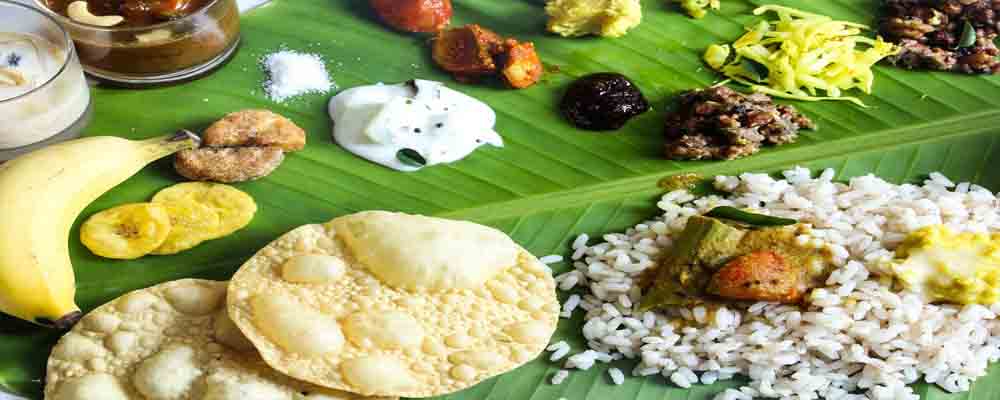
Hareli Festival is a celebration of the harvest season and is marked by traditional rituals, customs, and feasting. Food and festivities play a significant role in the celebration of this festival. Let’s take a closer look at the traditional cuisine, community feasts, and cultural performances during the Hareli Festival.
Traditional Cuisine Served During Hareli Festival
The traditional cuisine served during the Hareli Festival varies from region to region. In Chhattisgarh, people prepare traditional dishes using fresh harvest such as rice, lentils, and vegetables. Popular dishes include bhajia, petha, and chila. In Odisha, people prepare delicacies such as pitha, manda pitha, and chitau pitha made with freshly harvested rice.
Community Feasts and Gatherings
Community feasts and gatherings are an essential part of the Hareli Festival celebrations. People come together to share food, stories, and laughter. In Chhattisgarh, people organize “bhagat” or community feasts, where people from different communities gather to enjoy traditional delicacies. In Odisha, people organize “Nuakhai Bhetghat” or community gatherings, where people come together to offer prayers, exchange greetings, and enjoy traditional food.
Music, Dance, and Other Cultural Performances During Hareli Festival
Music, dance, and other cultural performances are an integral part of the Hareli Festival celebrations. People gather to sing traditional folk songs and perform dances such as Karma, Jawara, and Saila. In Chhattisgarh, people also perform “Pandwani,” a traditional musical storytelling performance, to celebrate the occasion. In Odisha, people organize cultural programs such as Jatra, Danda Nacha, and Ghumura to showcase their rich cultural heritage.
| Also Read: Happy Diwali 2023 Wishes, Quotes, Images, Greetings, WhatsApp & Facebook Status |
Hareli Festival: Harvest Rituals and Practices
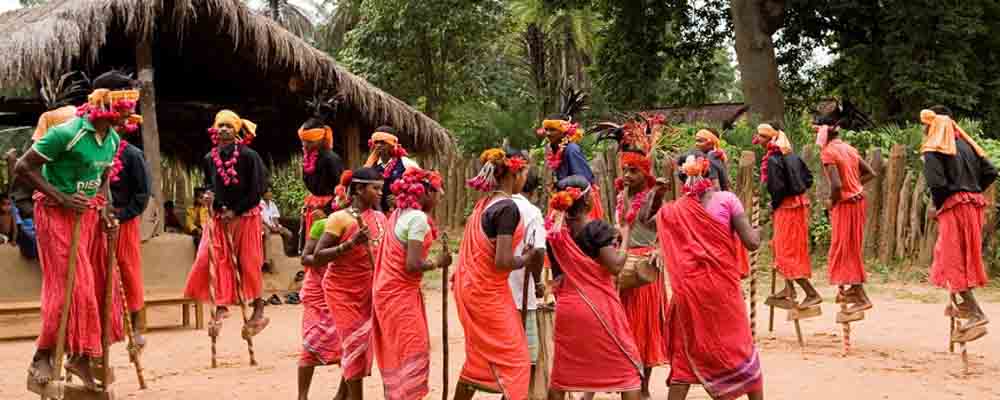
Hareli Festival is an important celebration of the harvest season and is marked by various farming rituals and practices. Let’s take a closer look at the farming practices and crop cycles associated with the Hareli Festival, the importance of cattle in the celebrations, and the significance of planting and sowing seeds during the festival.
Farming Practices and Crop Cycles Associated with Hareli Festival
Hareli Festival is celebrated during the peak of the monsoon season, which marks the beginning of the crop cycle in many parts of India. It is a time when farmers start preparing their land for sowing seeds and planting crops. In Chhattisgarh, the festival is associated with the Kharif crop cycle, which includes crops such as rice, maize, and jowar. In Odisha, the festival is celebrated after the harvest of the paddy crop.
Importance of Cattle in Hareli Festival Celebrations
Cattle play a significant role in the Hareli Festival celebrations, especially in Chhattisgarh. Cattle are considered sacred in Indian culture and are associated with prosperity and wealth. During the festival, farmers decorate their cattle with ornaments made of leaves and flowers and take them to the temple for blessings. The cattle are also fed special food and are given a day of rest to honor their contribution to the farming community.
Significance of Planting and Sowing Seeds During Hareli Festival
Planting and sowing seeds are important rituals during the Hareli Fest. In Chhattisgarh, farmers perform puja rituals, which include planting a few seeds in a pot and offering them to the deities for blessings. The seeds are then watered and nurtured until they sprout, signifying the beginning of a new crop cycle. In Odisha, farmers perform the “Navakalevara” ritual, where they plant new saplings of the sacred trees and transfer the essence of the deities to the new idols.
Hareli Festival: Cultural Significance and Relevance Today
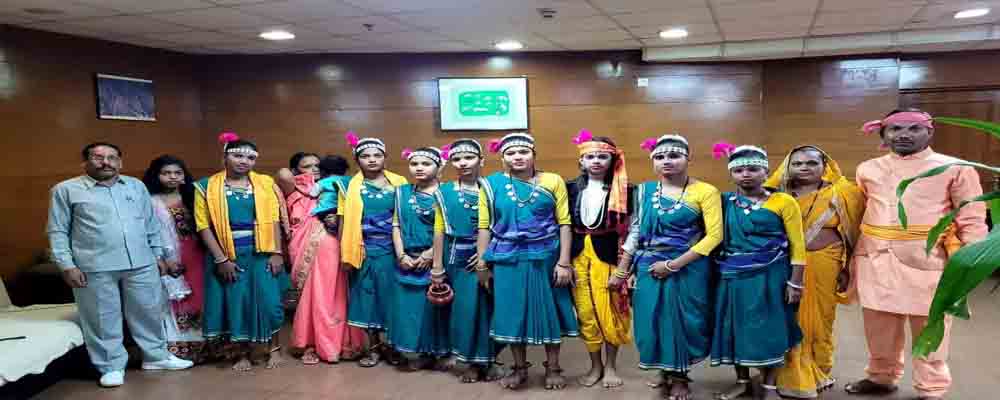
Hareli Festival is a significant celebration of the harvest season, and it has evolved over time to reflect the changing cultural and social dynamics in India. Let’s take a closer look at the evolution of the Hareli Fest over time, how it has evolved in modern times, and its role in preserving cultural heritage.
Evolution of Hareli Festival Over Time
The Hareli Fest has a rich history and has evolved over time. It has its roots in the agrarian practices of the indigenous communities of India, where people express gratitude to Mother Nature for providing them with a bountiful harvest. Over time, the festival has become more elaborate, and various customs and rituals have been added to it.
How Hareli Festival Has Evolved in Modern Times
In modern times, the Hareli Fest has taken on a new significance. It is not only a celebration of the harvest season, but it is also an opportunity for people to come together and celebrate their cultural heritage. The festival has become more inclusive, and people from different communities participate in the celebrations.
The Role of the Hareli Festival in Preserving Cultural Heritage
The Hareli Fest plays an important role in preserving cultural heritage. It is a time when people showcase their traditional customs, rituals, and cuisine. The festival provides an opportunity for younger generations to learn about their cultural heritage and appreciate the importance of farming practices and agrarian traditions.
Moreover, the Hareli Fest also promotes sustainable agricultural practices and encourages people to adopt eco-friendly practices. The festival highlights the importance of conserving the environment and preserving natural resources.
Hareli Festival: Challenges and Opportunities
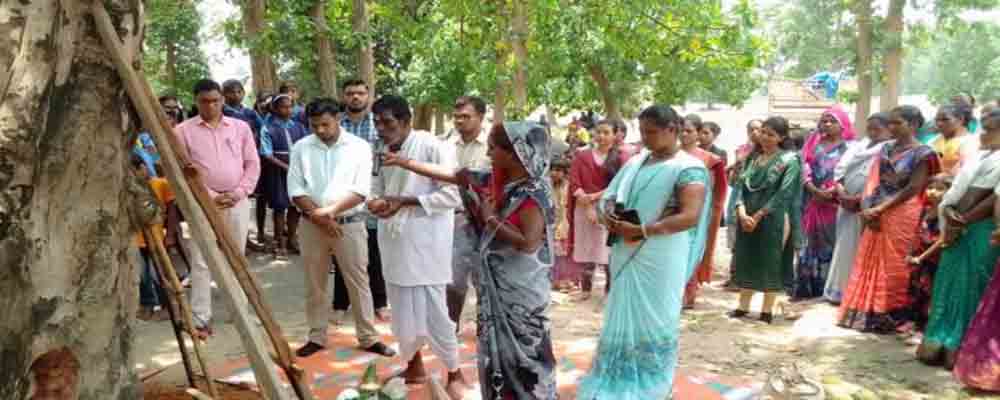
The Hareli Festival, a celebration of the harvest season in India, faces various challenges and opportunities in the current times. Let’s take a closer look at some of the challenges and opportunities associated with the Hareli Festival.
Changing Agricultural Practices and Their Impact on Hareli Festival
Agriculture is a dynamic sector, and changing agricultural practices have a significant impact on the Hareli Fest. The use of chemical fertilizers and pesticides has led to environmental degradation and a decline in soil health. This has resulted in lower crop yields, affecting the traditional practices associated with the Hareli Festival.
Environmental Challenges and Sustainable Practices during Hareli Festival
Environmental challenges such as water scarcity, soil erosion, and climate change have also affected the Hareli Fest. Sustainable practices such as organic farming and the use of eco-friendly products can help mitigate these challenges and promote a healthy environment. The festival provides an opportunity to showcase these sustainable practices and raise awareness about environmental conservation.
Opportunities for Promoting Tourism and Local Economies through Hareli Festival
The Hareli Fest can also provide opportunities for promoting tourism and local economies. The festival provides an opportunity for showcasing the local culture and traditions, including the cuisine and performing arts. This can attract tourists and boost the local economy. Moreover, the festival can also promote the use of locally-sourced products and provide a platform for small-scale farmers and entrepreneurs to showcase their products and services.
Hareli Festival: Future Directions

The Hareli Festival, a celebration of the harvest season in India, has a rich cultural history and faces various challenges and opportunities in the current times. Here are some prospects for the future of the Hareli Festival, how it can adapt to changing times and evolving needs, and opportunities for innovation and creative expression.
Prospects for the Future of Hareli Festival
The Hareli Fest has the potential to evolve further and adapt to changing times and needs. It can serve as a platform for promoting sustainable agricultural practices, environmental conservation, and cultural heritage. Moreover, the festival can provide opportunities for promoting local economies and tourism.
How Hareli Festival Can Adapt to Changing Times and Evolving Needs
To adapt to changing times and evolving needs, the Hareli can incorporate modern technologies and practices while still preserving its cultural heritage. For instance, the festival can use digital platforms to promote and showcase sustainable agricultural practices and environmental conservation. Moreover, the festival can use social media and other digital platforms to reach a wider audience and attract tourists.
Opportunities for Innovation and Creative Expressions during Hareli Festival
The Hareli Fest provides opportunities for innovation and creative expression. The festival can incorporate new and innovative practices such as community-supported agriculture and agro-tourism. Moreover, the festival can provide opportunities for showcasing the creative expressions of local artists, musicians, and performers.
Frequently Asked Questions
In which state is the Hareli festival celebrated?
The Hareli festival is primarily celebrated in the state of Chhattisgarh in India.
What do we do at the Hareli festival?
The Hareli is primarily a harvest festival and is celebrated to express gratitude to the gods for a bountiful yield. People perform traditional rituals, decorate their houses and temples, offer prayers to the gods, and exchange gifts with friends and family.
What is the special food of the Hareli festival?
The traditional cuisine served during the Hareli festival includes a variety of vegetarian dishes made from locally grown crops. Some of the popular dishes include kodo ki roti, chila, aloo poha, chhattisgarhi kadhi, and jalebi.
Why is Hareli celebrated?
Hareli is primarily celebrated to mark the beginning of the harvest season and to seek the blessings of the gods for a bountiful yield. It is also a time to express gratitude to the gods for their blessings.
What custom is followed in the Hareli festival?
The Hareli is associated with various customs and traditions, including decorating houses and temples with mango leaves, performing puja (worship) of cattle, planting seeds, and offering prayers to the gods. People also exchange gifts with friends and family and participate in community feasts and cultural performances.

